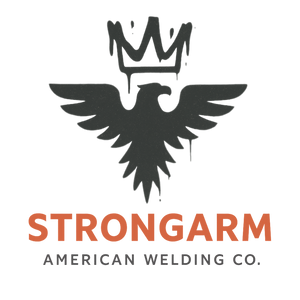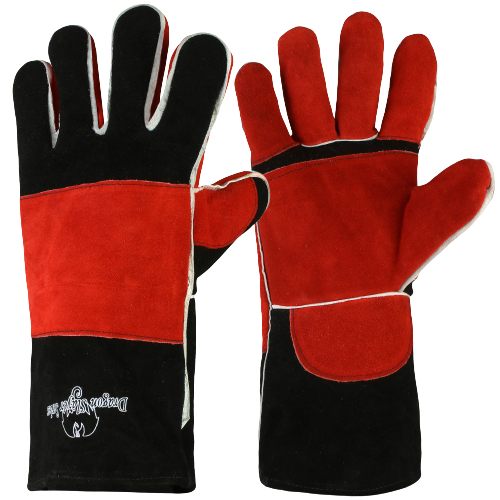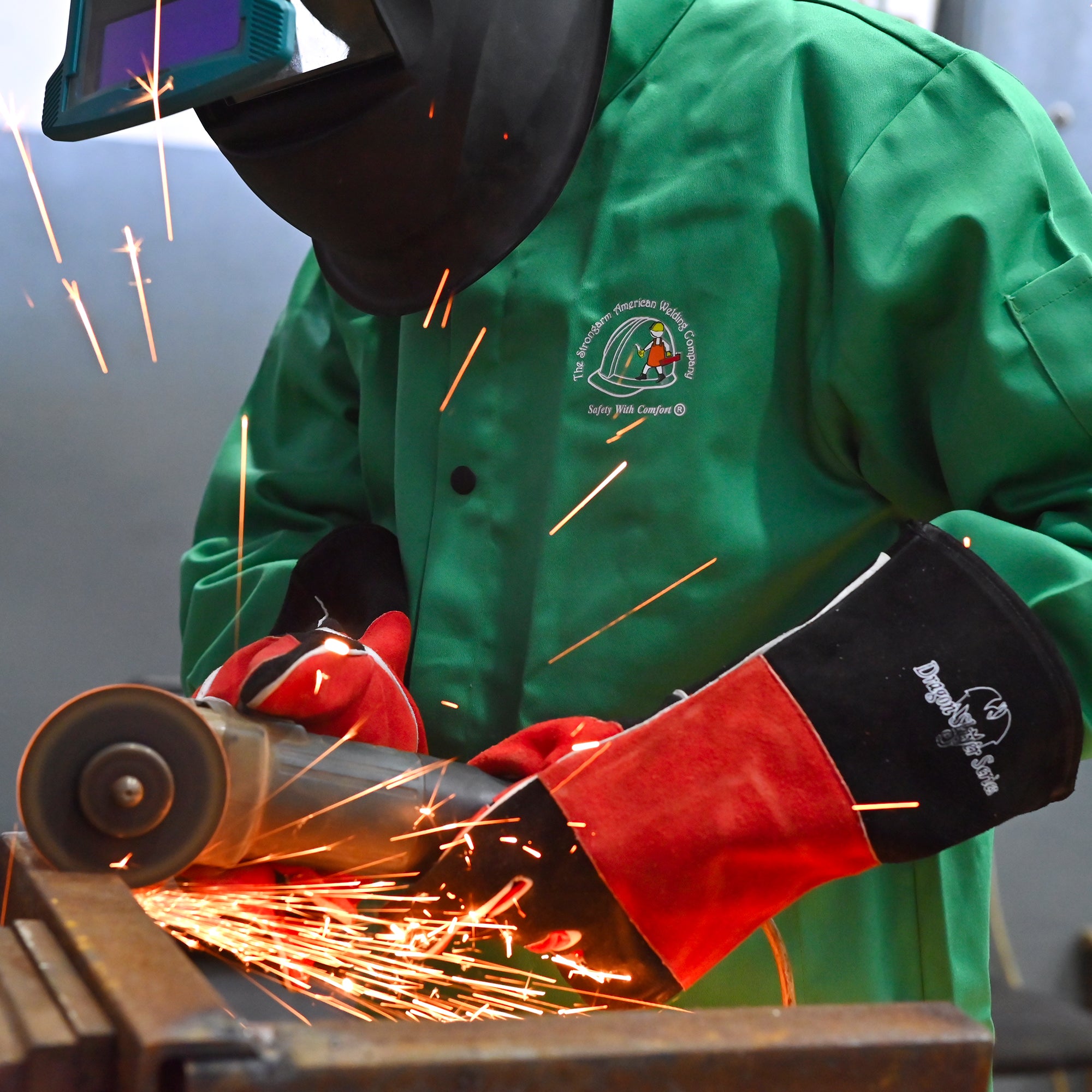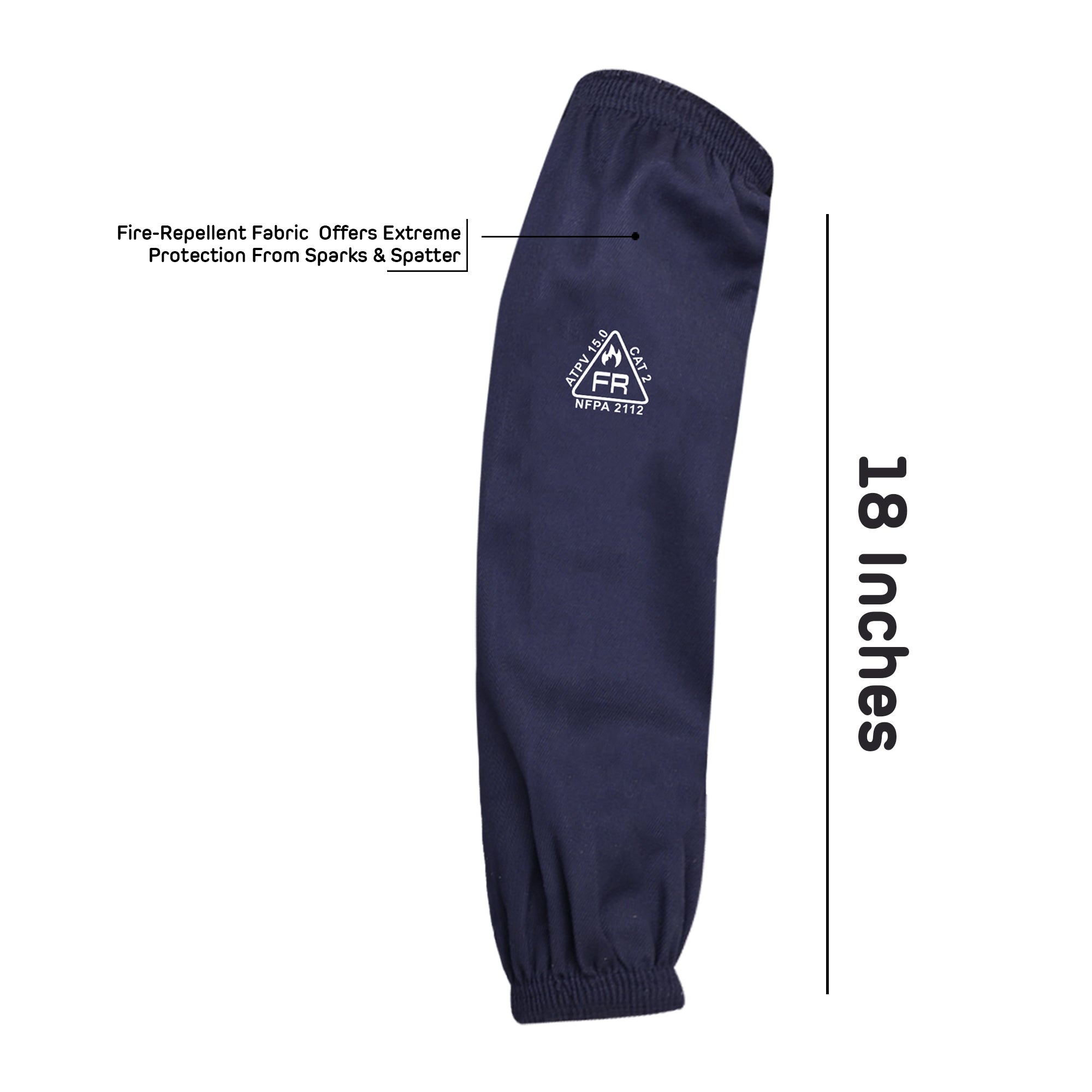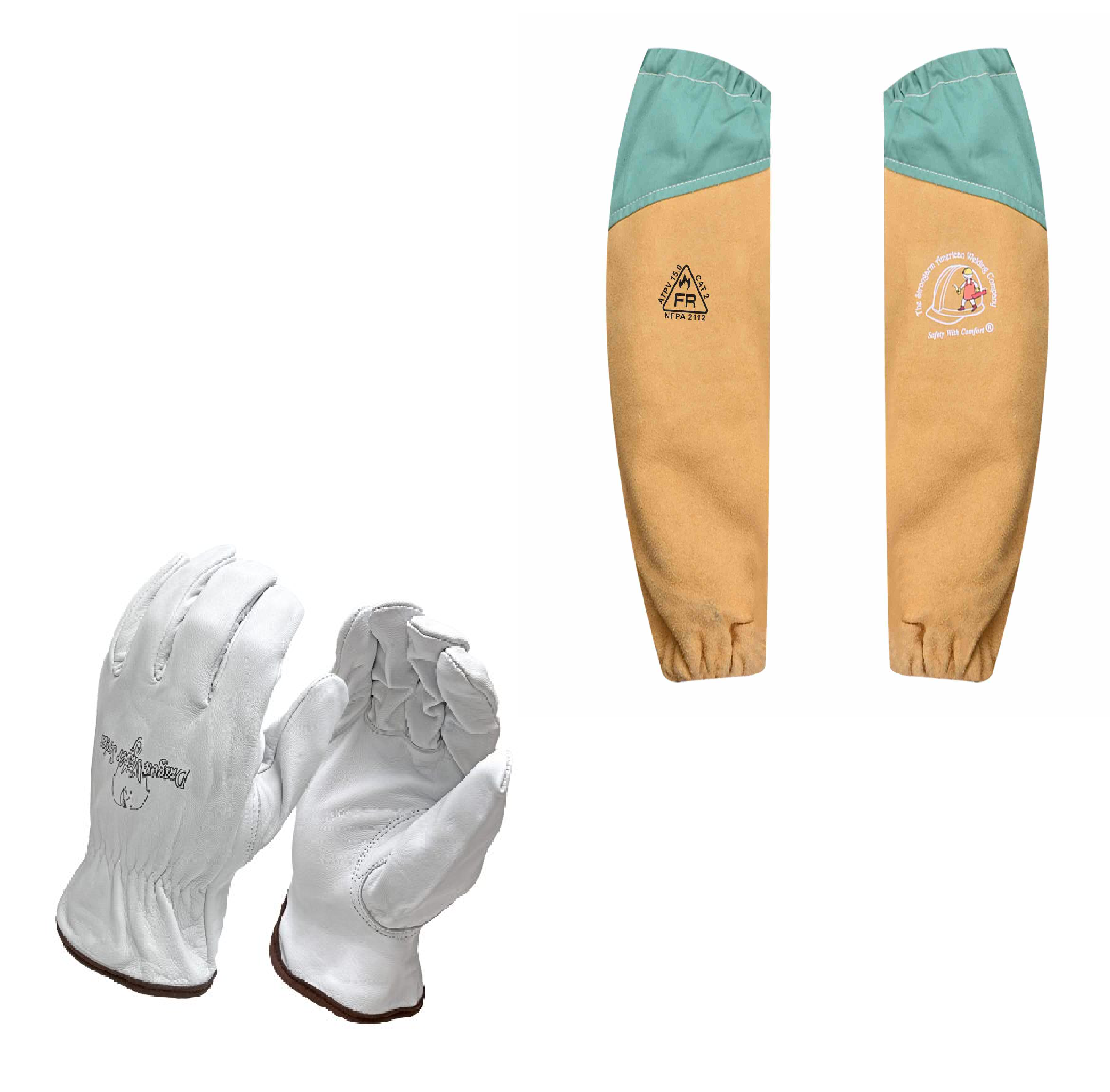Cart
0
You may also like
Destroyer Welding High-Heat Resistant Leather Glove 932° F
Regular price
$35.00
$50.00
Sale price
+ Add to Cart
Basic FR Welding Jacket – Green Arc-01 Work Coat 30"
Regular price
$40.00
$50.00
Sale price
+ Add to Cart
Blue FR BF-2 Basic Welding Sleeves 18” | High-Quality FR Welding Sleeves
Regular price
$16.00
$20.00
Sale price
+ Add to Cart
Product Bundle: StrongArm “Heat Defender Set” – Long Sleeves With Gloves
Regular price
$38.00
+ Add to Cart
